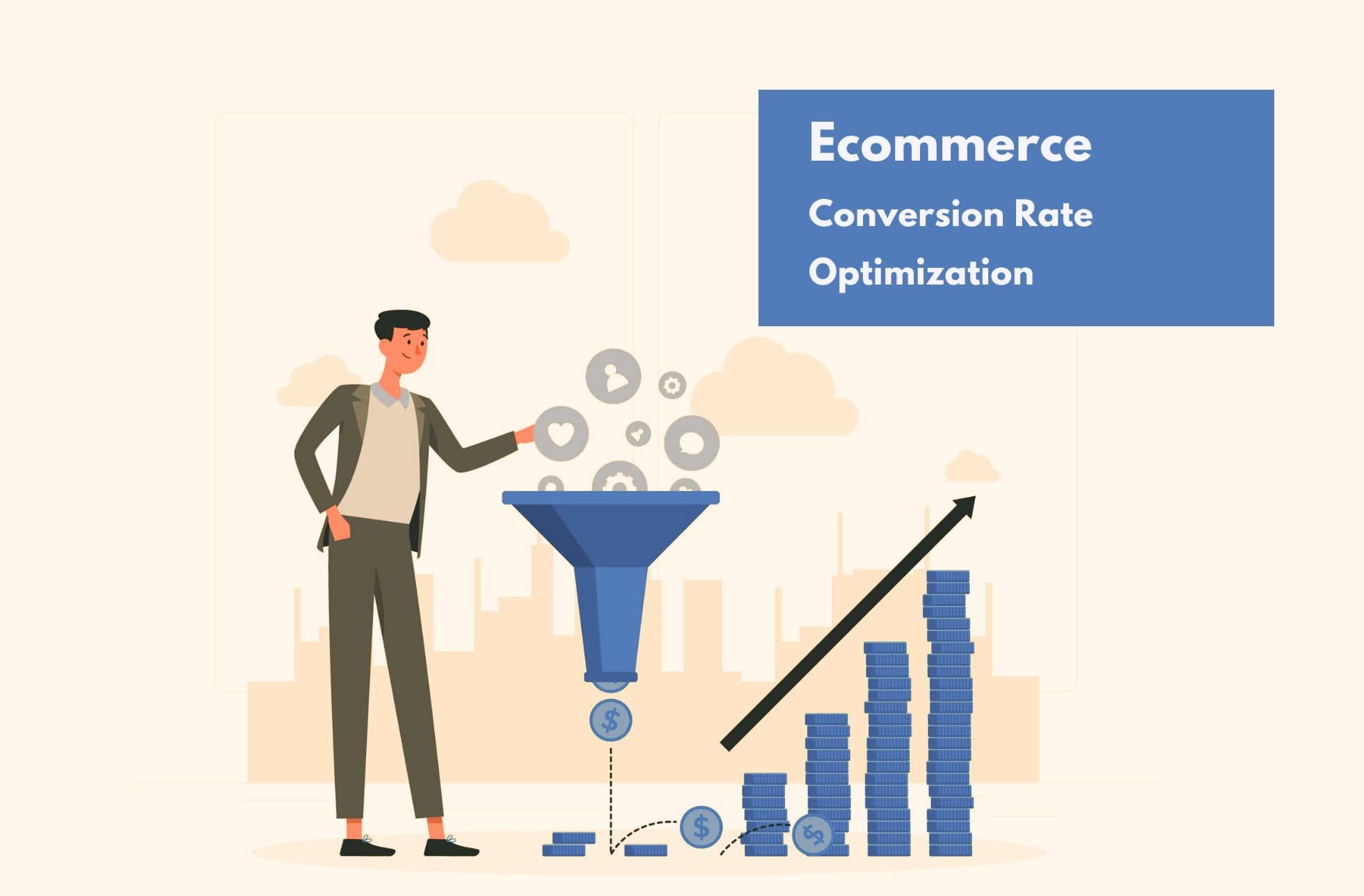Recently, Google has announced a new update for it’s search algorithms to better accommodate mobile users: Google’s Mobile First Index. Google is always working in improving its search engine user experience, analyzing their needs and expectations. As mobile penetration goes deeper, more and more people have access to internet through their mobile and tablet.
In fact, the majority of Google search occur now on such devices. Thus it makes sense that Google spend more time trying to satisfy those users. Google had already released several updates of its search engine to make it more mobile friendly but it is about to take a major shift as it is now talking about a “mobile first” version of its index.
Google announced it has already started its observation and will “continue to carefully experiment over the coming months on a small scale.” But the full release won’t happen before Google is confident enough that they have a great user experience. This could definitely be a game changer in the search engine landscape.
How does Google’s mobile first index work?
All information collected by Google on every web page is stored in a colossal catalog called the index. The search engine then uses the index to display results depending on the queries made by the users. So far, Google had only been checking web pages from a desktop user’s point of view, not ignoring mobile pages but also not making it more important either.
Now, Google algorithms are about to treat the mobile versions of each page as the main one to index thus the desktop versions will become secondary. Some users are already able to test the new features but as usual, the update will be gradual. Google hasn’t communicated on an official global release date yet but experts think it will take place in the months to come.
What does Google’s mobile first update mean for your e-commerce website?
Don’t panic, Google’s plan is only to encourage website to comply to a minimum of mobile friendliness. Plus it is always worth it for websites to make the extra push to reach that minimum, since it will bring more mobile users. Besides, the mobile first index is not about changing what Google considerate mobile friendly. As usual, Google informed users and site owners of the change to come so that we can adapt up front.
Google recommandations :
Google offers several recommendations to making sure that your site is mobile friendly to assure that your site won’t be left out once the mobile first index is updated.
- If your website is already responsive (meaning that it automatically adapts to the size of your user’s screen), and there aren’t differences between your content and markup on both mobile and desktop, you don’t have anything to change.
- If the above doesn’t apply and there are differences between your content and markup between desktop and mobile, there are a few changes you can do to get your site ready for mobile:
Ensure that you have structured markup for both the desktop and mobile version:
- Make an audit of your structured markup between desktop and mobile by using the Structured Data Testing Tool
- Don’t overdo it with the markup on your mobile site if it’s not directly relevant to your content.
- Verify that your mobile version is accessible to Googlebot by using the robots.txt testing tool.
- Don’t worry about changing canonical links: Google will still be able to tell the difference between them and will use the desktop version in priority.
Extra tips:
- If you only have verified your desktop site in Search Console, then do it as well for your mobile version.
- If the only site you have is a desktop one, Google will continue to index it just fine but it wont particularly rank better either. Then it might by time to consider making a responsive version of it.
Read more about the Search Console tool in the “Mastering Google Search Console” article.
Many websites are already using a responsive design, their webpages are then displayed the appropriate way, no matter the kind of device the reader uses. Responsive design, already favored by the search engine, will have no significant changes to make either way. The only major change will take place if your mobile and desktop sites are really different one from another.
Thus if your mobile version has much less content, be aware that it is going to become the primary version for the new Google algorithm, which could have an impact on your search rankings. Therefore, now is the time to start transferring that content and getting it published. And if you don’t already have a dedicated mobile site, start thinking about making your website responsive at least.





